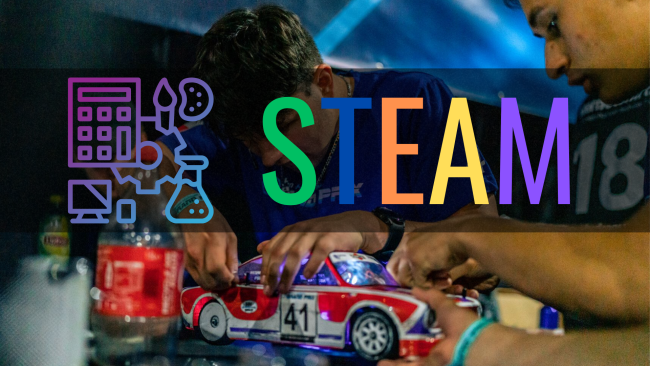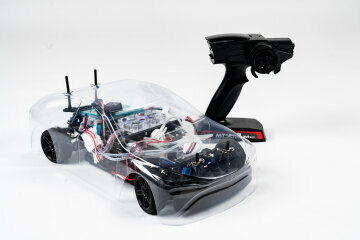Fuel Cells and STEAM Education: A New Approach
Fuel cell education is central to building a future workforce capable of tackling tomorrow’s energy challenges. But often this form of education – usually called STEM education – can result in students disengaging. Science teachers all over the world are wondering: how can we teach students about fuel cells and renewable energy while keeping students stimulated and engaged?
The answer is STEAM education. This educational philosophy goes beyond traditional science and engineering teaching - providing students with innovative skills in teamwork, real-world problem solving and creativity.
We’ll take you through everything you need to know when teaching kids about fuel cell stacks through STEAM education.

What is STEAM Education?
STEAM education is an educational approach that combines traditional science and engineering education with the arts, guiding students to question assumptions, ask questions, and solve problems independently.
Rather than a teacher standing in front of the classroom providing instruction – students are empowered to learn from collaborative interaction, trial and error, and focused discussions. All students – including those who prefer math and science or arts and humanities – interact and solve real-world science problems with innovative solutions.
STEAM education therefore encourages students to
- Take thoughtful risks
- Undertake meaningful learning activities
- Become resilient problem solvers
- Embrace and appreciate collaboration
- Work through the creative process

How can STEAM Education Help Me Teach About Fuel Cell Technology?
STEAM education is a great way to teach students how a fuel cell works. Rather than a ‘teacher-centric’ approach where the instructor stands and lectures passive students about fuel cell technology, STEAM education challenges students to be active. Designing, engineering and constructing a fuel-cell electric vehicle powered by hydrogen, for example, is the perfect example of how students can apply knowledge gained in the classroom to a real-world context. By coming up with their own design and car chassis – even ‘hacking’ the cars fuel cell to make it more efficient – students take thoughtful risks, work together, and become resilient problem solvers.
Students are therefore better prepared to enter the world of work – not only acquiring the technical science and engineering knowledge needed for innovation, but understanding how to apply this knowledge creatively and with a team to solve a real-world problem.
The Hydrogen Grand Prix Program is the only problem globally that integrates fuel cell education with STEAM philosophy in this way.
Interested in discovering more about teaching renewable energy technology? Check out our article on 5 Mistakes Teachers Make Teaching Renewable Energy Technology.
